![]() It has been a few months since I last updated my website blog. Recent travels have seen me in Perth W.A. and in Hervey Bay Qld, many thanks to Jenny Jackson and family and to Megan Wray and the Qld Pony Club. Without course hosts, courses do not happen. To the riders and spectators I very much hope that you were able to improve on your horsemanship and enjoyed the class. This week sees me just outside of Sydney for the week and then I have another intake of young horses coming for May and June. There is also another lesson day here at my family’s property in May and in June another 2 day course is scheduled for Victoria at St Andrews.
It has been a few months since I last updated my website blog. Recent travels have seen me in Perth W.A. and in Hervey Bay Qld, many thanks to Jenny Jackson and family and to Megan Wray and the Qld Pony Club. Without course hosts, courses do not happen. To the riders and spectators I very much hope that you were able to improve on your horsemanship and enjoyed the class. This week sees me just outside of Sydney for the week and then I have another intake of young horses coming for May and June. There is also another lesson day here at my family’s property in May and in June another 2 day course is scheduled for Victoria at St Andrews.
During recent courses I spoke about riding your horse from leg to hand. Many riders find that when they pick up on a soft feel that their horse starts to slow down or that they lose forwards. Having your horse in front of your leg but not escaping from your leg was something that seemed to resonate with some riders. Also the use of trotting poles, cavaletties and small jumps was a means to help some riders and horses regain forwards in their horses. Equally as the horse’s impulsion began to improve so did the straightness in the horses. As a result then when they picked up on a soft feel again they had more quality with their horses being more engaged and lighter in the front end. In regards to straightness I spoke about looking at your horses tracks when you ride away from home and when he is coming home. Most riders will feel their horse rides home a little better than when he is going away from home.
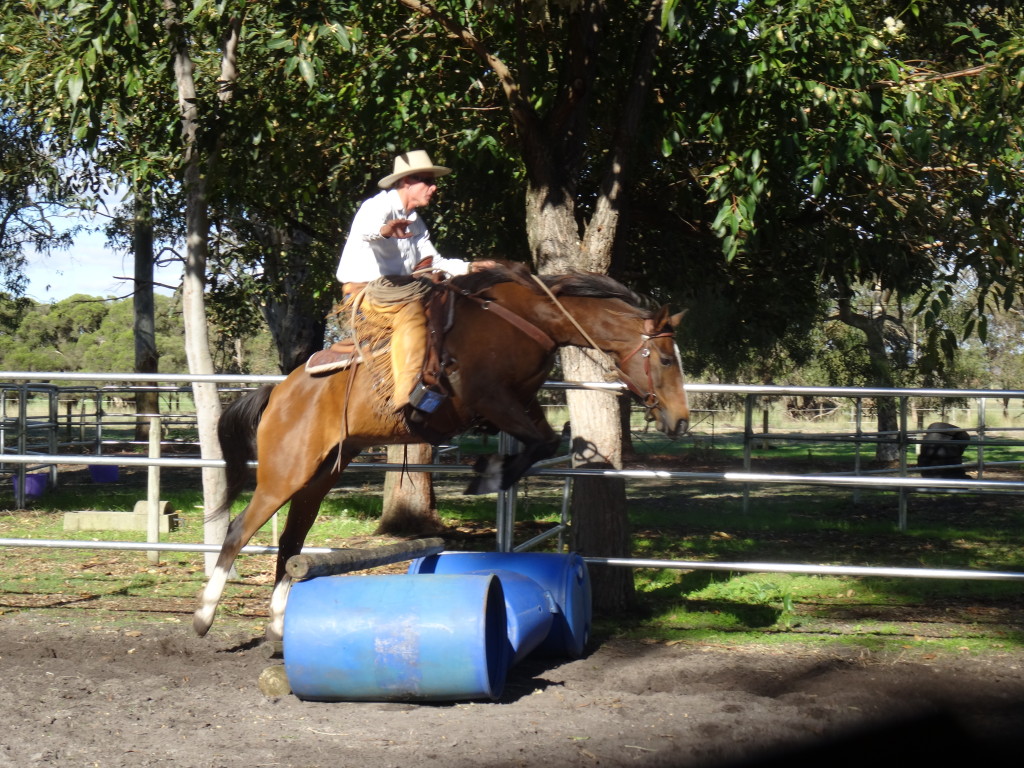 The image above is not a trotting pole and the jump the horse took was a little bigger than some riders would like. What was interesting about this horse was that you could tell when he was going to make the jump and when he was thinking of not jumping. When the horse was coming into the jump with ears pricked forward and good impulsion, he would carry you into the jump and over. As a generalisation, a horse with poor impulsion was also expressed in the overall expression of the horse and they would run out or refuse the jump.[ Riders, do not worry if jumping is not your thing, we can just stick to the trotting poles ]
The image above is not a trotting pole and the jump the horse took was a little bigger than some riders would like. What was interesting about this horse was that you could tell when he was going to make the jump and when he was thinking of not jumping. When the horse was coming into the jump with ears pricked forward and good impulsion, he would carry you into the jump and over. As a generalisation, a horse with poor impulsion was also expressed in the overall expression of the horse and they would run out or refuse the jump.[ Riders, do not worry if jumping is not your thing, we can just stick to the trotting poles ]
Ray Hunt said more than once, the horse is the fact and the human has an opinion. Getting our opinion and facts to match up is part of reading the horse and that comes with time and experience. As I have at times mentioned during courses this will be a long road to ride with more than a few pot holes along the way. At times all I can do is to encourage all to ride forward and straight.

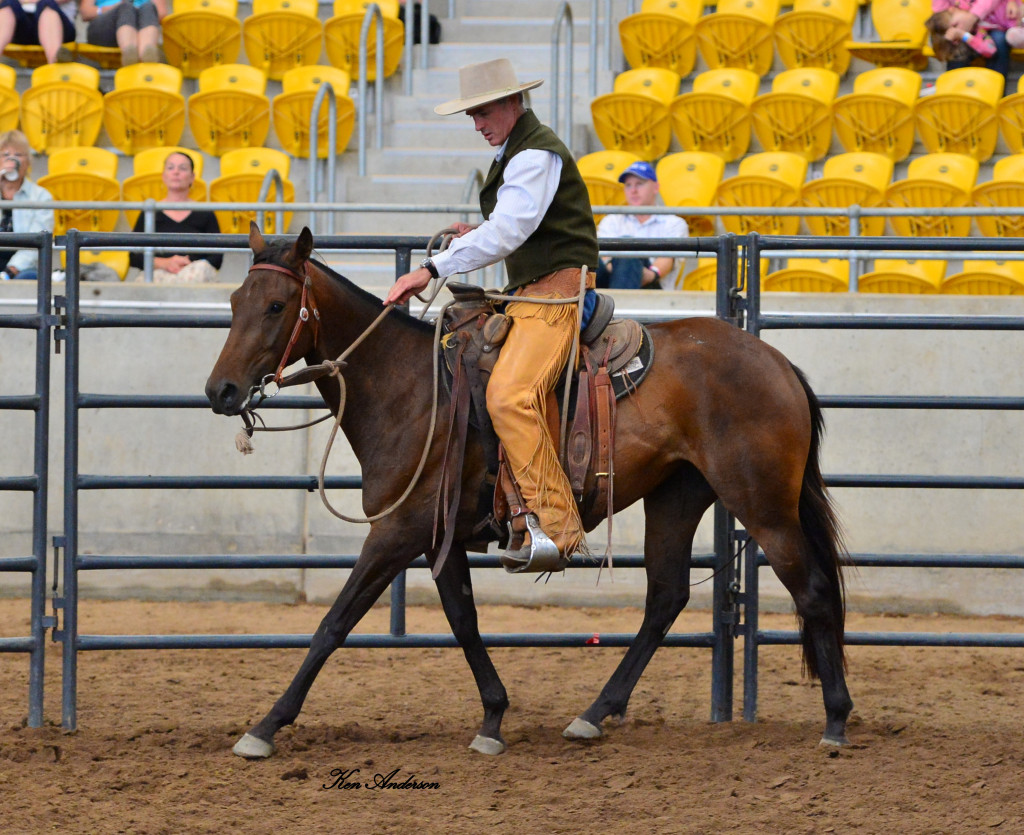
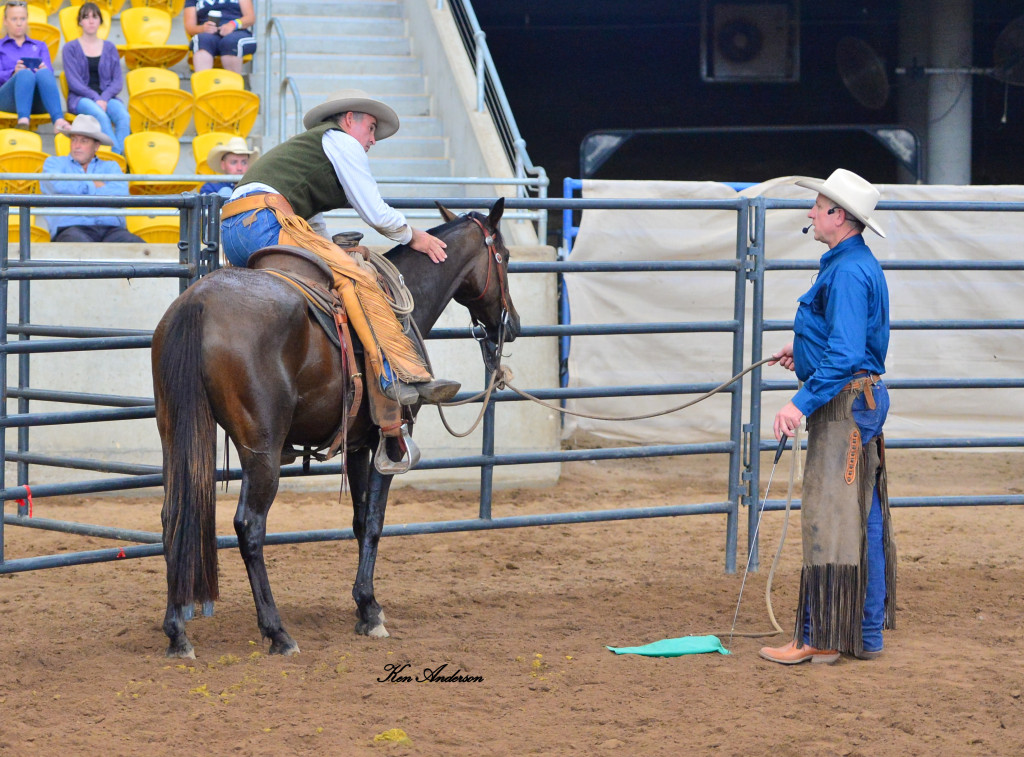
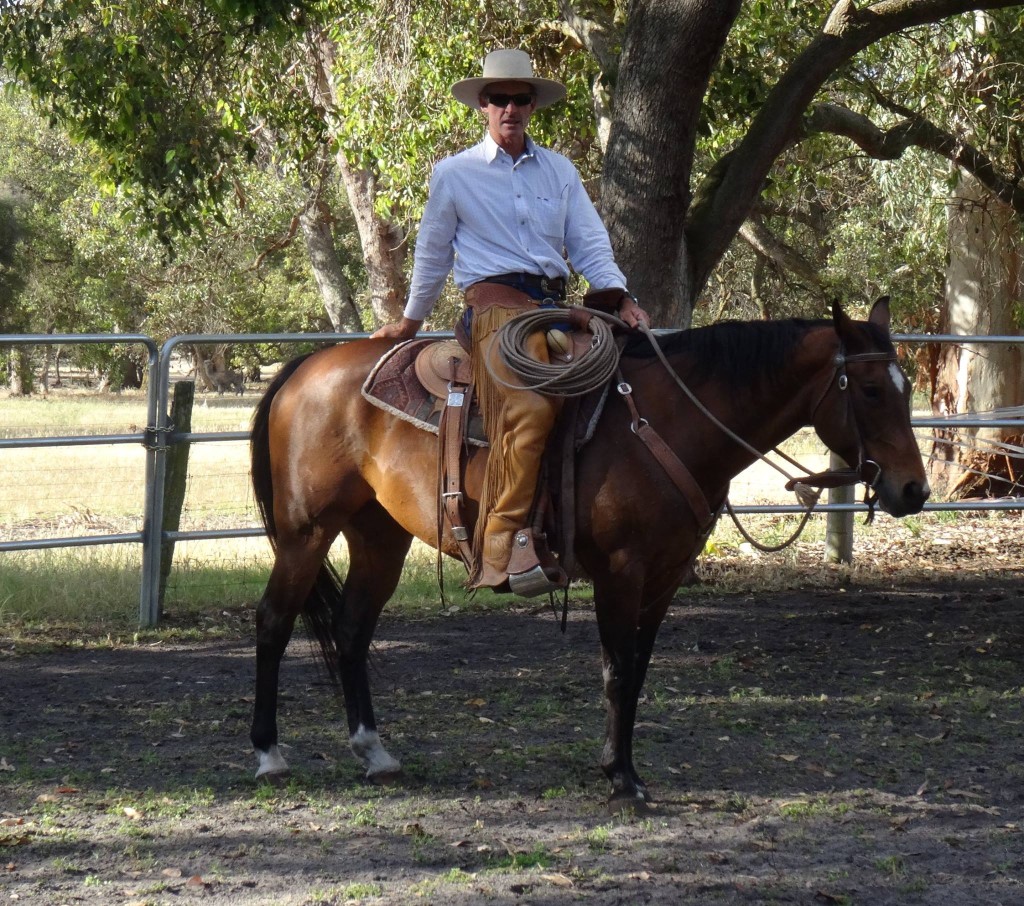
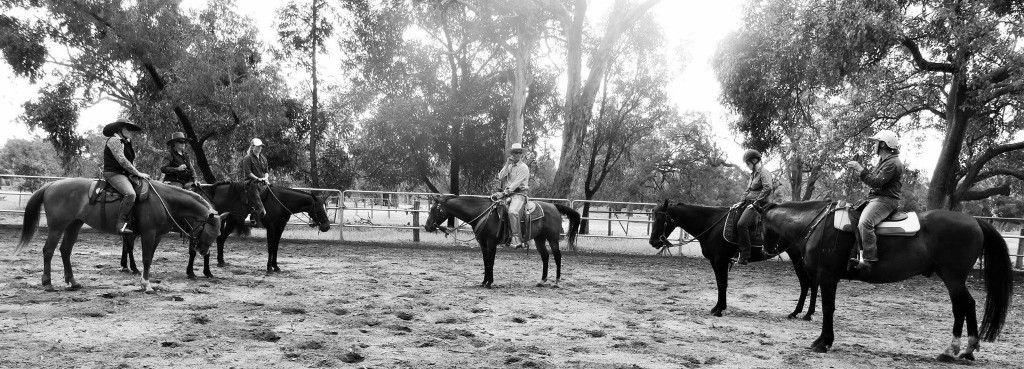
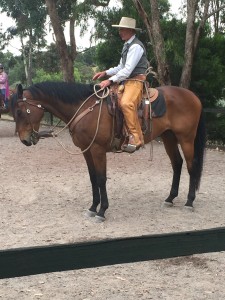
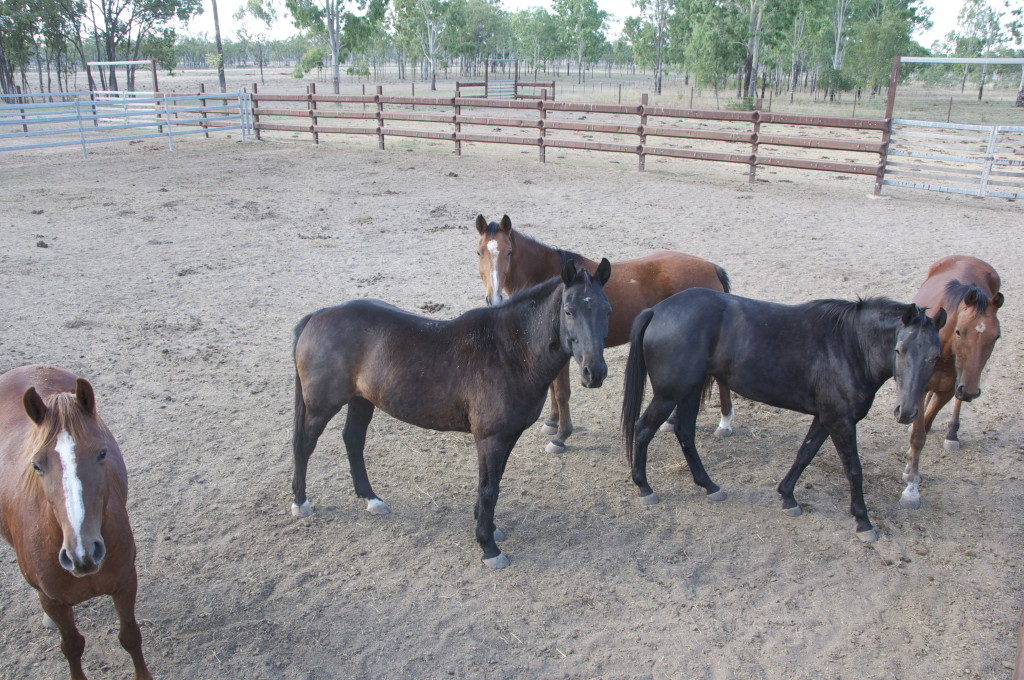

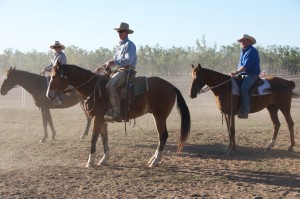
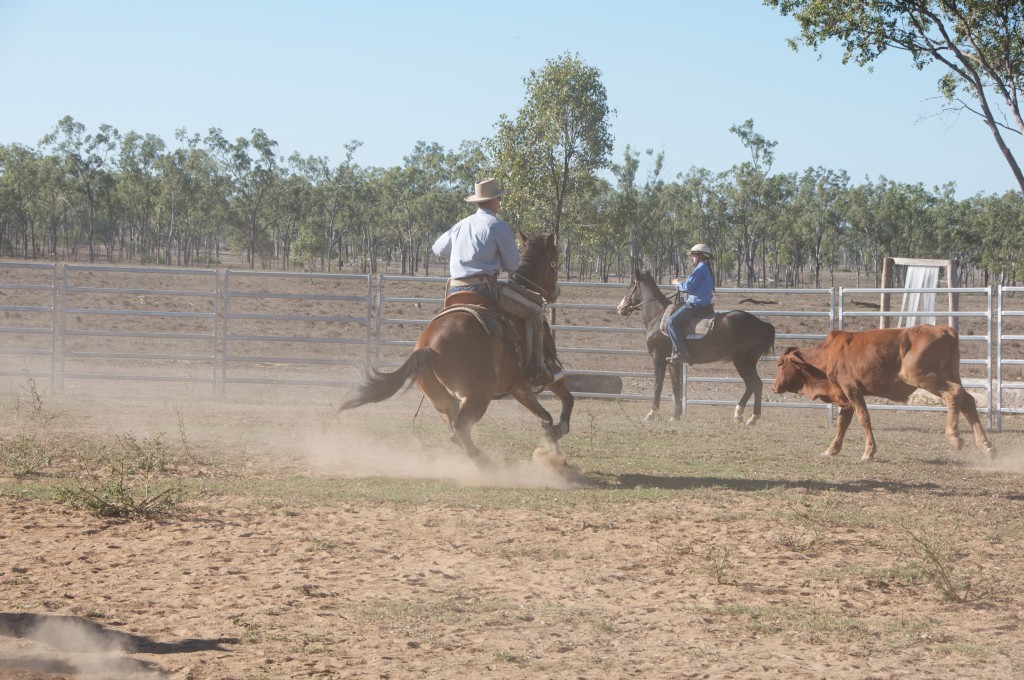
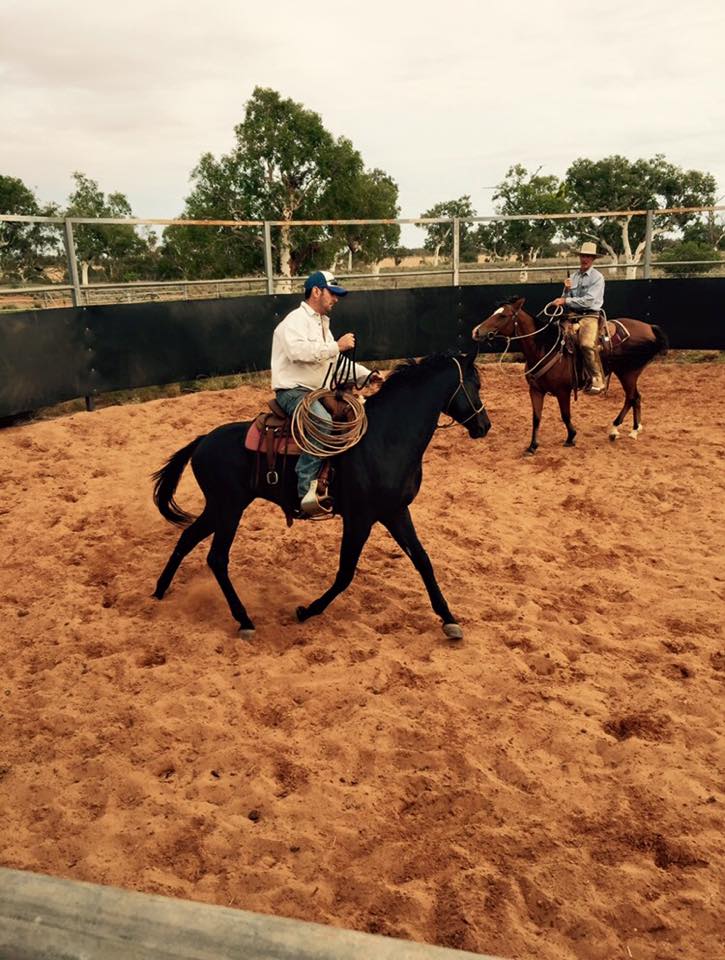
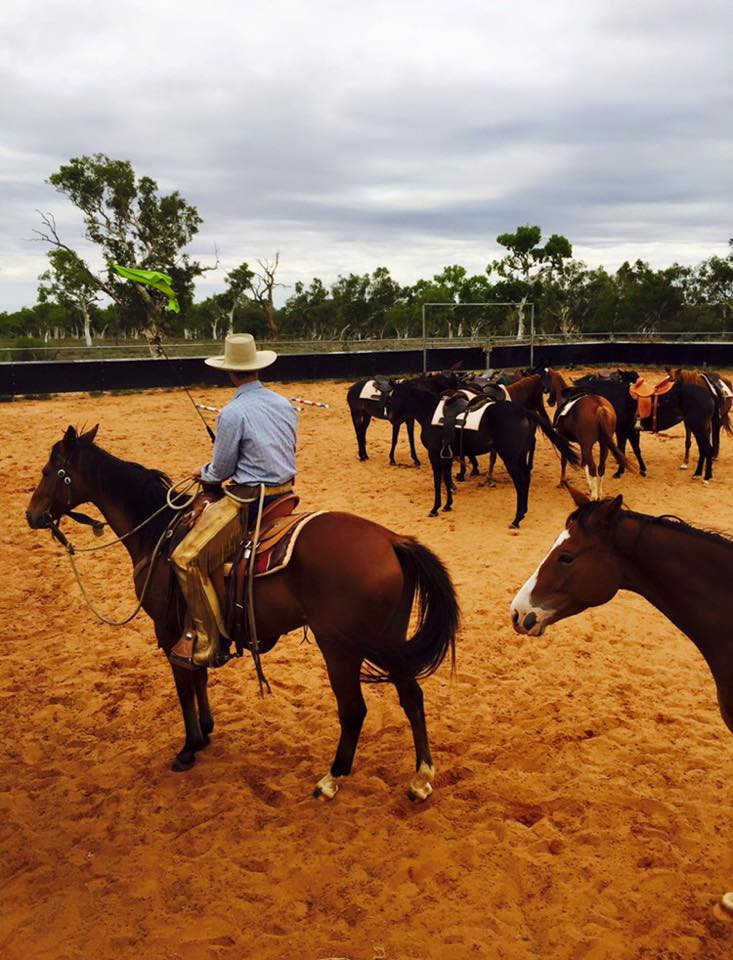
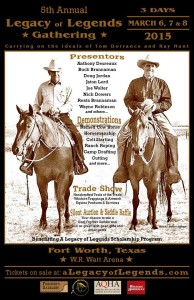
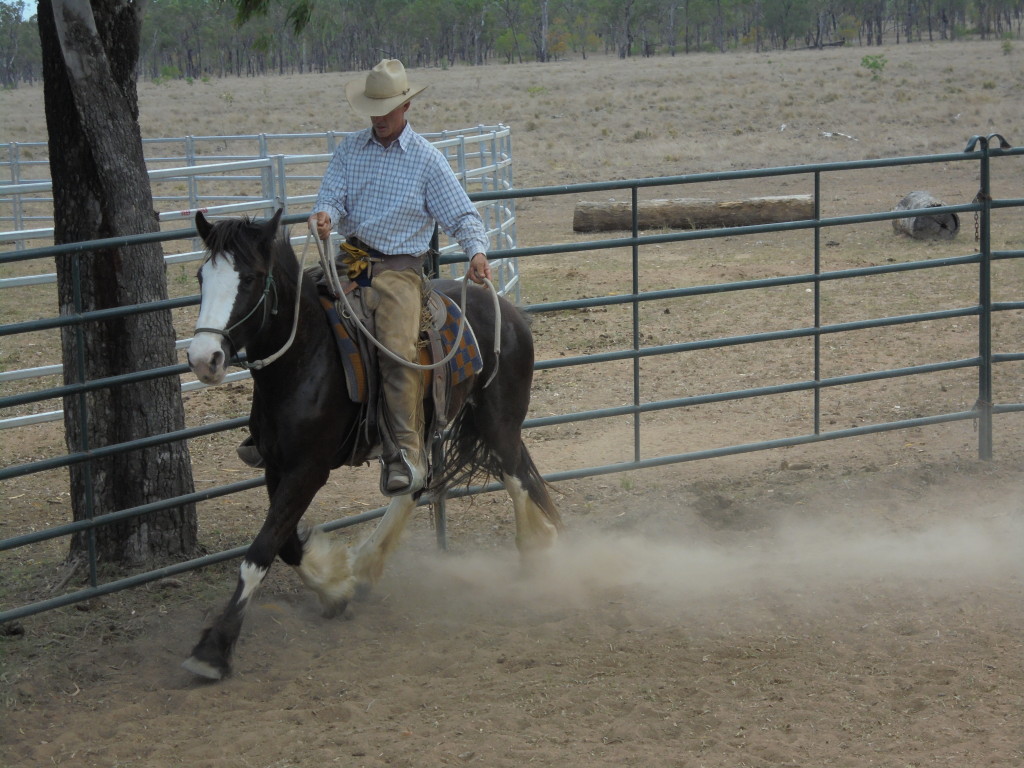
Recent Comments